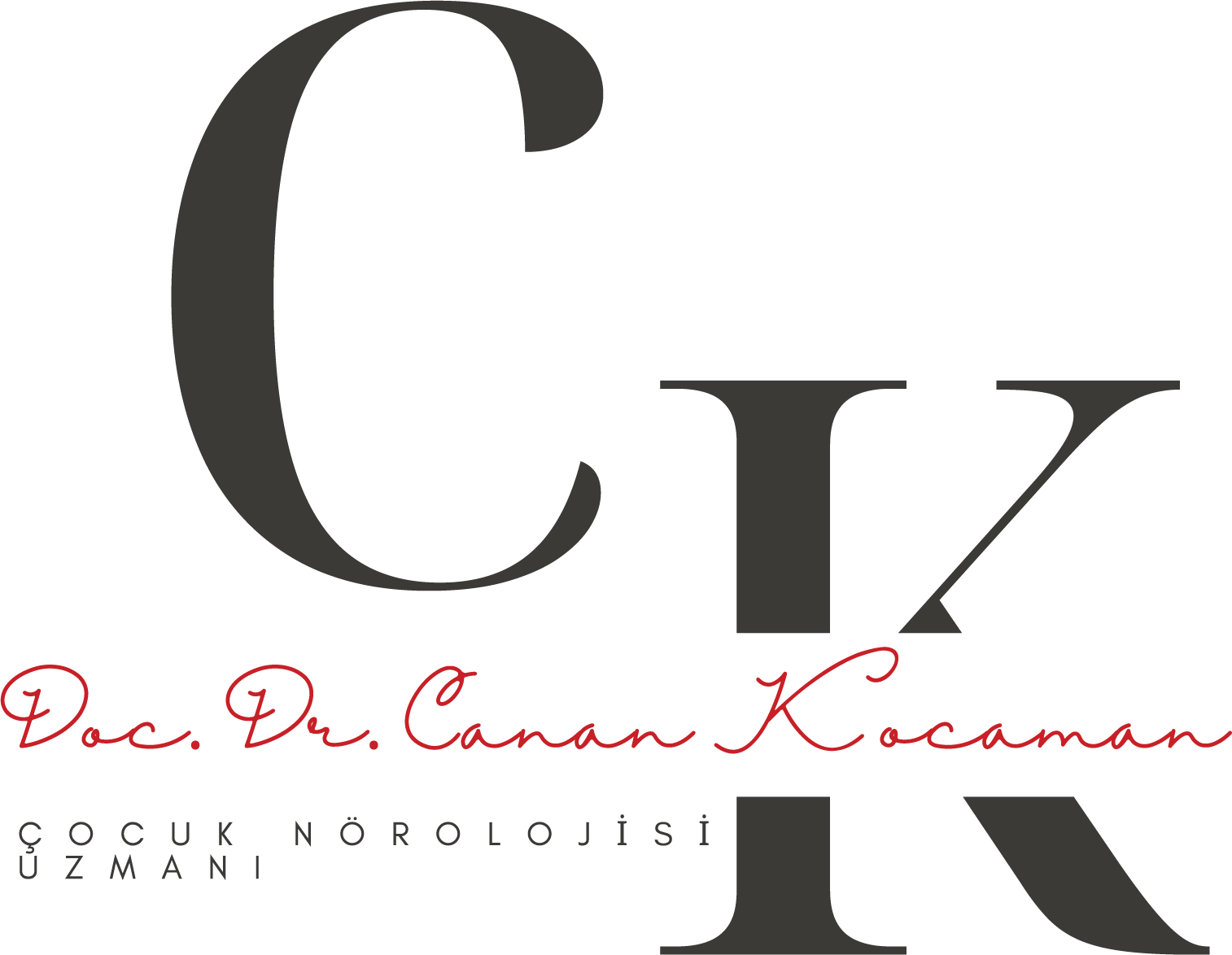It is a method based on visual perception in which general movements of infants in the first 5 months of life are recorded with a video camera for at least 20-30 minutes while they are awake and calm and evaluated by certified experts who have received training in this field.
It is formed automatically by the young human brain in the form of motor movement patterns internally without any sensory stimulus. The most powerful neurological finding of the healthy human brain in the early period is the ability to move spontaneously. Movement patterns are called by different names in different age ranges.
Writhing Movements
The normal movement pattern from term to 2 months of age is called writhing movements. The movements are elliptical with moderate speed and amplitude.
Poor Repertoire
It is a movement pattern that defines a decrease in movement ability and diversity until the 2nd month after birth. In this pattern, movements occur in a repetitive manner.
Cramp Sycronised
It refers to the pathologic formation of spontaneous movement ability until the 2nd month after birth. In this pattern, limb and trunk movements start and end at the same time. Observation of cramp sycronise movements in assessments at different times has a high predictive value for cerebral palsy.
Fidgety Movements
The normal movement pattern in the 3-5 months postpartum period is called fidgety movements. Fidgety movements occur in the neck, shoulders, hips and extremities. Movements are varied and fluid. Observation of this movement pattern indicates normal development in 92% of cases.
Absent Fidgety
Absent fidgety movements in the 3-5 month period after birth is called absent fidgety. The variety and fluidity of movements are reduced. Fidgety movements are replaced by movements resembling isolated joint movements. Observation of this movement pattern in different evaluations has a high significance for cerebral palsy and mental retardation.




